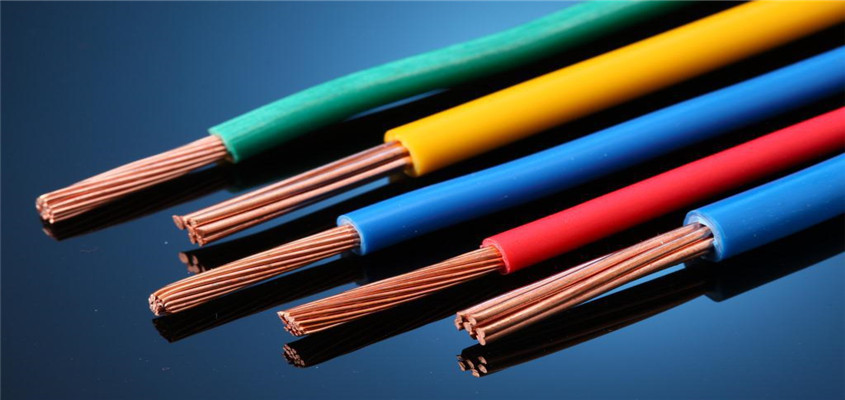Wires and cables are an important part of any electronics project, but do you know what to do with them? This article will guide you through the basics of wire and cable and help you make the right choice for your project.
First, you need to understand the difference between wires and cables. A wire is a single conductor that carries electrical current, while a cable is a bundle of wires wrapped in a protective sheath. Wires and cables can be made from different materials, such as copper, aluminum, steel or fiber optics. Materials affect the conductivity, resistance, weight and cost of wires and cables.
The second thing to understand is the types of wires and cables. There are many types of wires and cables, depending on their function and application.
The third thing to know is the size of the wires and cables. The size of a wire or cable is measured by its cross-sectional area, usually expressed in gauge (AWG) or millimeters (mm). Gauge is a logarithmic scale expressing wire diameter. The higher the gauge, the thinner the wire. For example, 22 AWG wire has a diameter of 0.64 mm, while 10 AWG wire has a diameter of 2.59 mm. The size of a wire or cable affects its current carrying capacity, resistance, and voltage drop. The larger the size, the more current it can carry, the lower the resistance, and the smaller the voltage drop.
The fourth thing to know is the color of wires and cables. The colors of wires and cables are used to indicate their function, polarity or standard. Wire and cable color codes can vary from country to country, so it’s important to check local regulations before wiring.
The fifth thing to know is the ratings of wires and cables. Ratings for wires and cables indicate their performance and safety characteristics, such as voltage, current, temperature, and insulation. The ratings of wires and cables are usually marked on their jackets or labels and should comply with engineering requirements. For example, PVC insulated wire or cable should not be used in wet or corrosive environments.
 electronic projects
electronic projects